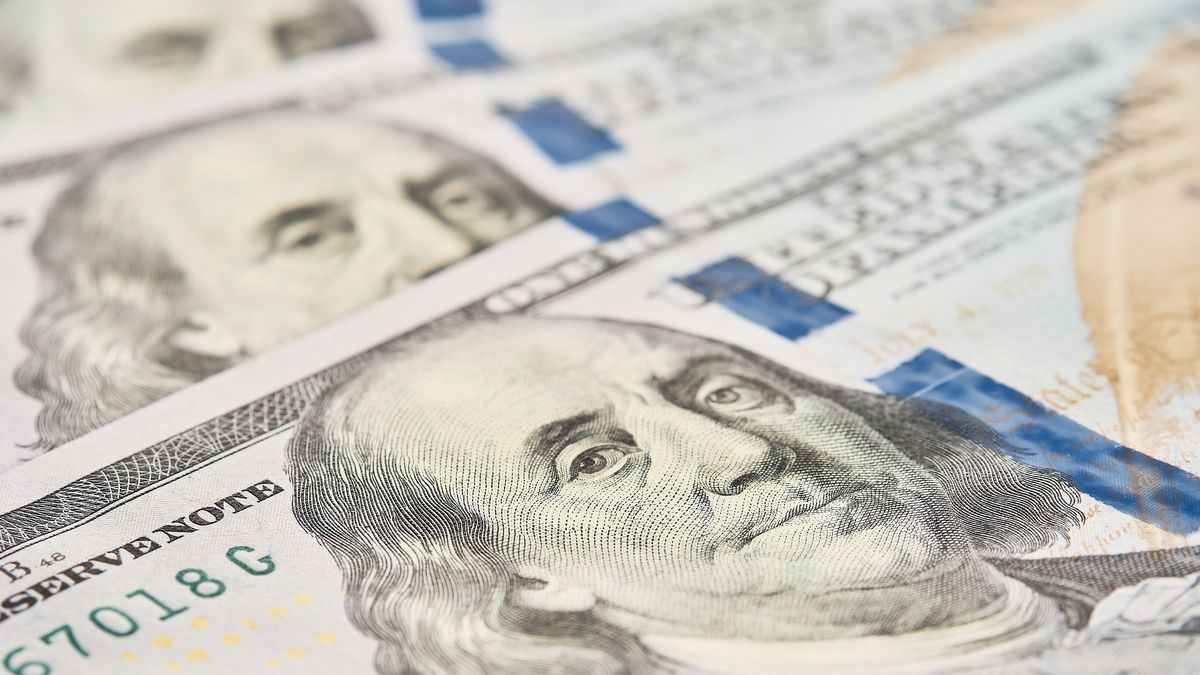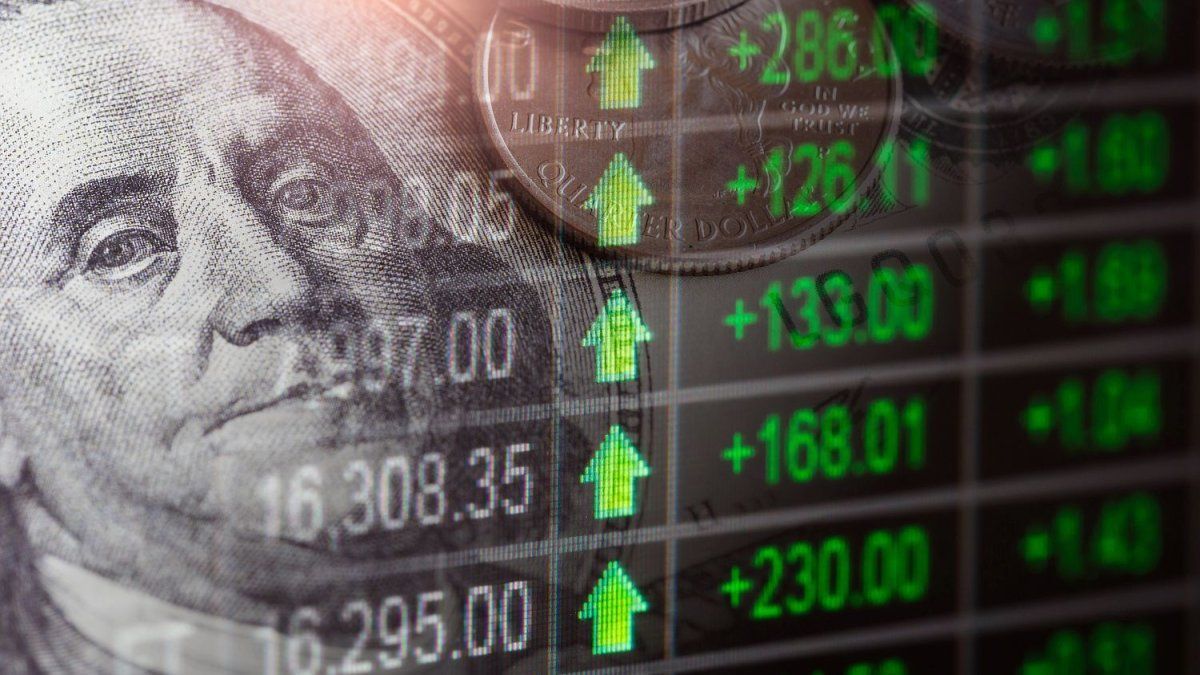In turn, the MEP dollar -valued with the Global 2030- it climbed $2.92 to $297.11. Consequently, the spread with the official stood at 105.8%.
Both prices came from registering weekly increases of $20.27 (+7.2%), and $24.63 (+9.1%), respectivelywhat represents the most important increase in this period since the end of July.
In the informal market, meanwhile, the blue dollar closed stable at $277, according to a survey of Ambit in the Black Market of Currencies. Meanwhile, the gap with the official dollar reached 91.9%.
In the last hours it was known that The AFIP initiated 25 comprehensive inspections of the country’s largest Stock Exchange operators, to investigate possible evasion and money laundering maneuvers, which deepened the pressure on financial exchange rates. The procedures, which are carried out in the Metropolitan Area of Buenos Aires (AMBA), also aim to control foreign exchange transactions associated with the sale of bonds and securities in dollars.
The collecting entity explained that the universe of operators was selected from among the main taxpayers registered with mediation stock market services activity or on behalf of third parties of each regional jurisdiction, taking into account bank movements and the volume of operations in the capital market.
Versions also circulated during the conference that the government would be evaluating blocking the purchase of financial dollars from the large cereal companies, and only allowing producers to operate directly. “There is no information” In this regard, an official source told this medium.
On the other hand, the Board of IMF approved on Monday second revision of the agreement with Argentina, after evaluating the country’s compliance with the established goals. The new guarantee of the organism will allow the disbursement of US$4,100 million.
Meanwhile, with the “soybean dollar” already on the rise, traders they hope to know if it will be extended over time and/or new productive sectors will be added, since at the moment it is the main mechanism to gradually recover net reserves.
The Central Bank bought almost US$212 million this Monday, thanks to the avalanche of dollars from the soybean agro-export sector against the special exchange rate enjoyed during September. The monetary authority comes from adding some 2,170 million dollars in the last two weeks, compared to a liquidation of some 3,555 million dollars sold mainly by soybean producers.
During this month, the Government recognizes an exchange rate of 200 pesos for those who sell soy holdings, with the idea of encouraging them to contribute their foreign currency to BCRA reserves. The exchange parity is tempting in the face of an official exchange rate around 30% lower.
“Although (this exchange rate differential) implies a fiscal cost equivalent to the elimination of withholdings financed with monetary issue, it gives air in the reserves to have a September without exchange shocks”said Roberto Geretto, an economist at the Fundcorp investment fund.
He added that “the doubt is what will happen in October when the scheme ends (for the agricultural sector). Everything suggests that another turn of the screw will come to the stocks (exchange rate), but without substantive solutions, bringing doubts to the market again.”
The IMF reached an agreement at the official level on the extended program of funds with Argentina for 44,000 million dollars, which should enable funds for almost 4,000 million to the reserves of the BCRA. This measure has to be ratified by the agency’s executive council.
“The new effective annual rate (of the BCRA) is 107.35%. That is less than the annualized inflation of August, but it is in line with what we think will be the annualized inflation of the next 3 months. That is to say that, for For the first time in a long time, the monetary policy rate will be neutral or slightly positive. regarding inflation, said the consultancy EconViews.
The president, Alberto Fernández, ratified Miguel Pesce in his position as head of the BCRA until 2028, a measure that also includes the first vice president and three directors. Fernández is now in the United States for meetings with the IMF, businessmen and a speech at the UN.
Last week the BCRA ordered that users who access energy subsidies they will not be able to buy dollars in the official market, nor will CCL or MEP.
official dollar
The dollar today -without taxes- increased 76 cents to $150.93 for sale this Monday, according to the average that emerges from the banks of the local financial system. At Banco Nación, meanwhile, the retail bill rose $1 to $150.
In addition, the dollar saved or solidarity dollar-which includes 30% of the COUNTRY tax and 35% deductible of the Income Tax and of Personal property– earned $1.25 to $249.03.
The tourist dollar or retail card plus COUNTRY Tax, and a perception of 45% deductible from the Income Tax and of Personal property– it rose $1.33 to $264.13.
Finally, the wholesale dollar, which is directly regulated by the BCRA, rose 87 cents this Monday to $144.37.
Source: Ambito
David William is a talented author who has made a name for himself in the world of writing. He is a professional author who writes on a wide range of topics, from general interest to opinion news. David is currently working as a writer at 24 hours worlds where he brings his unique perspective and in-depth research to his articles, making them both informative and engaging.




